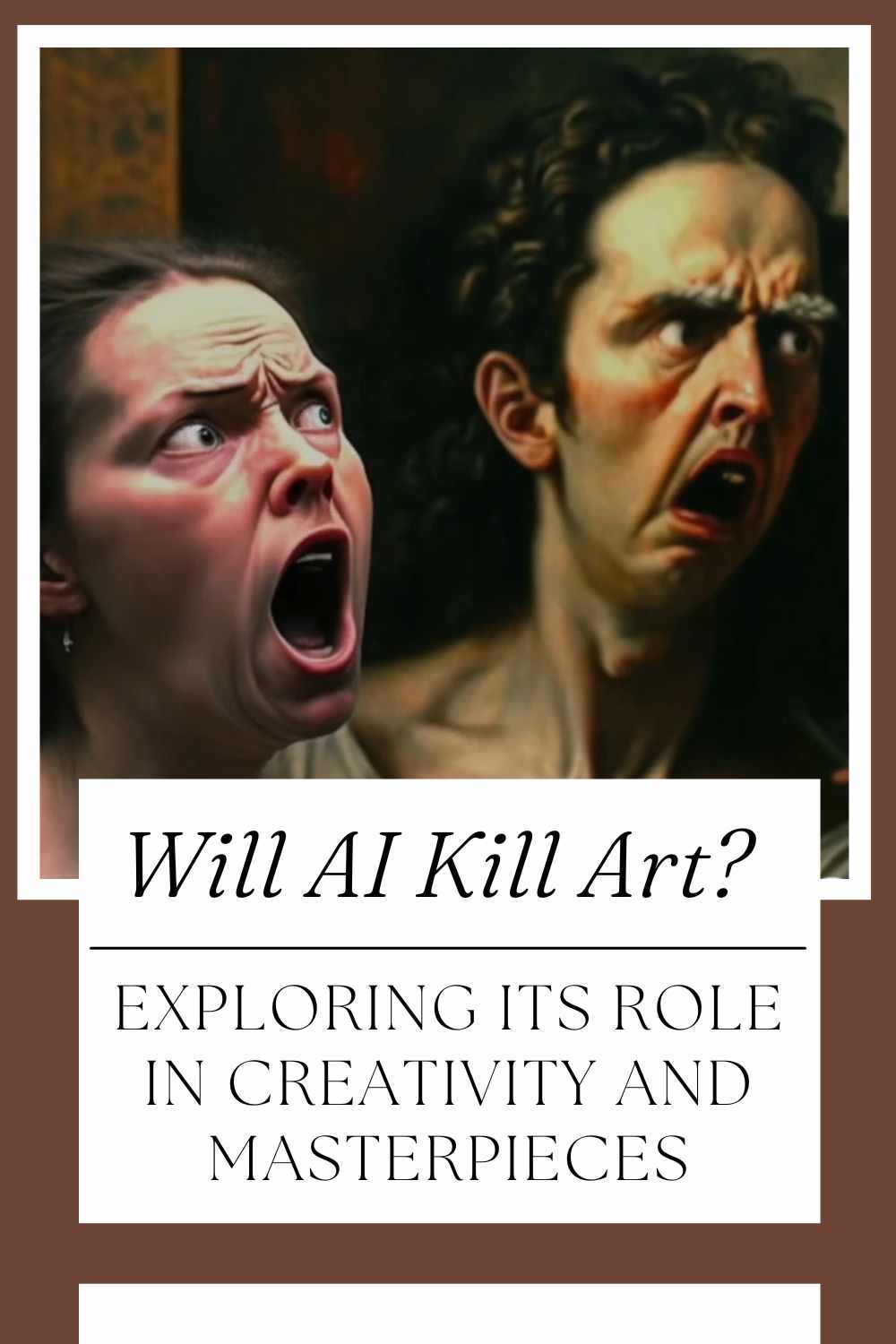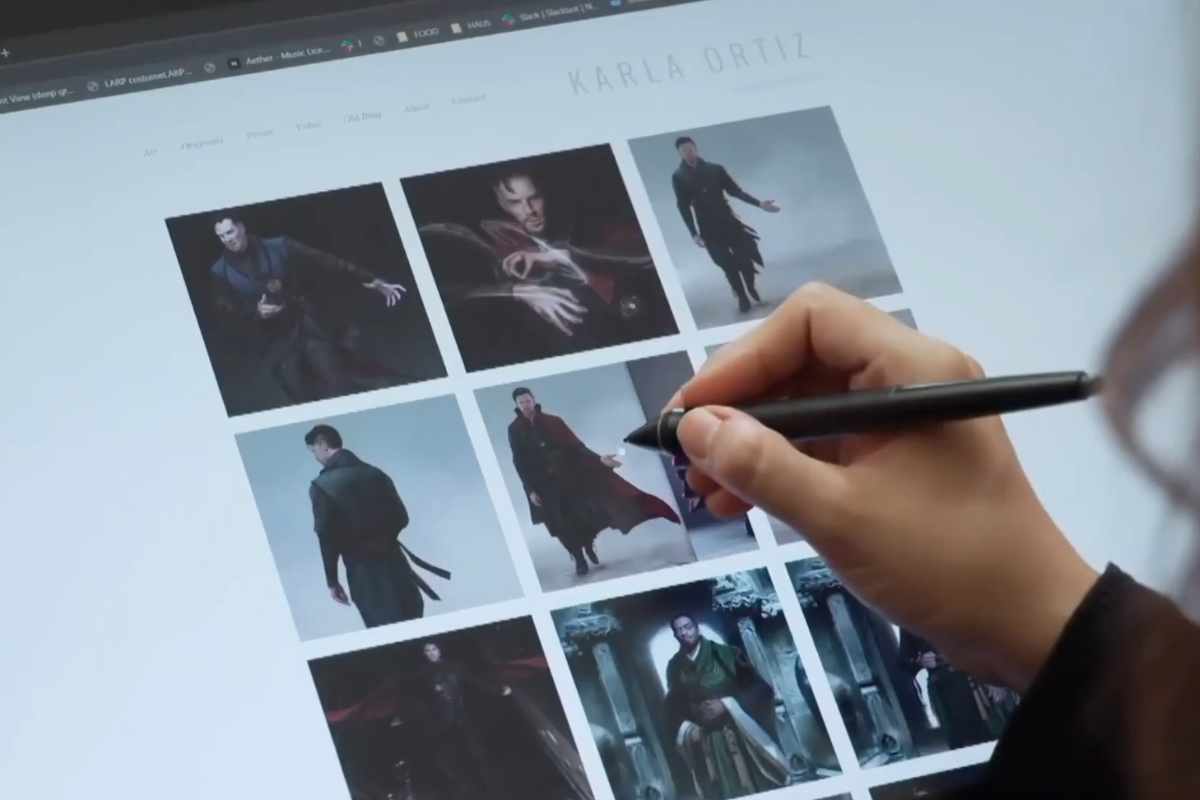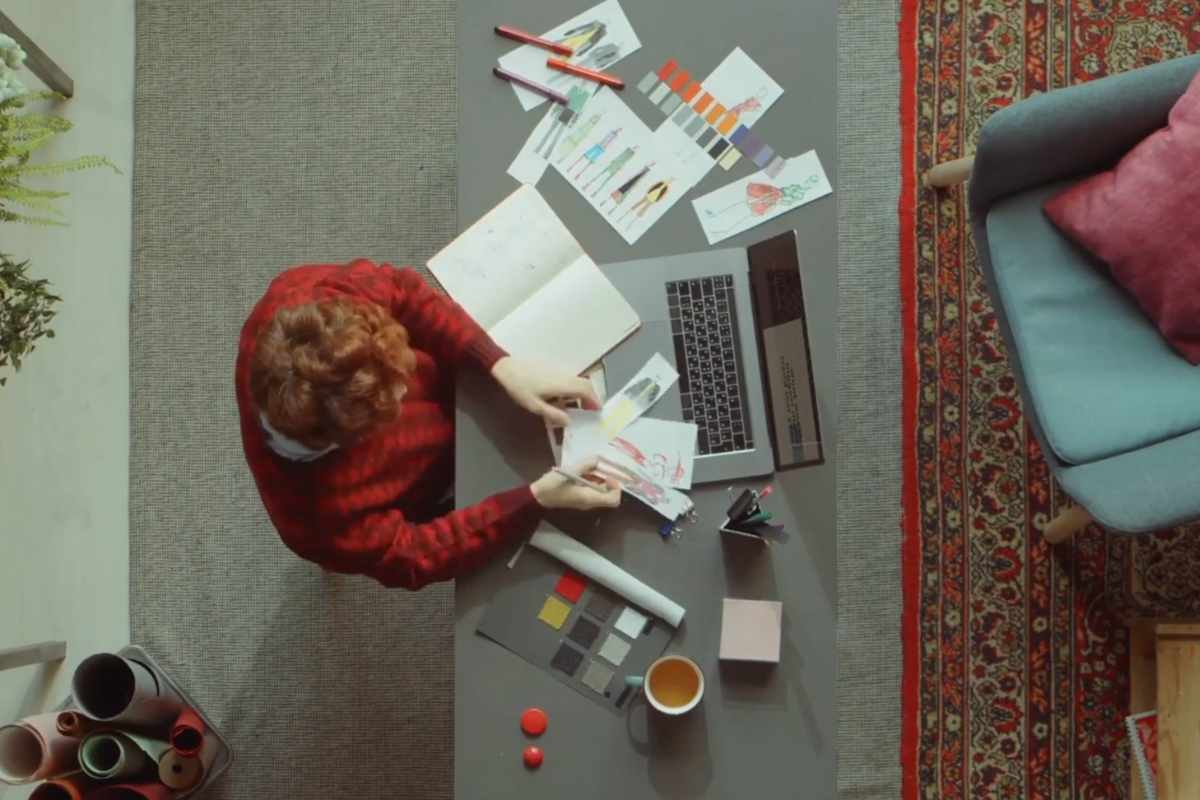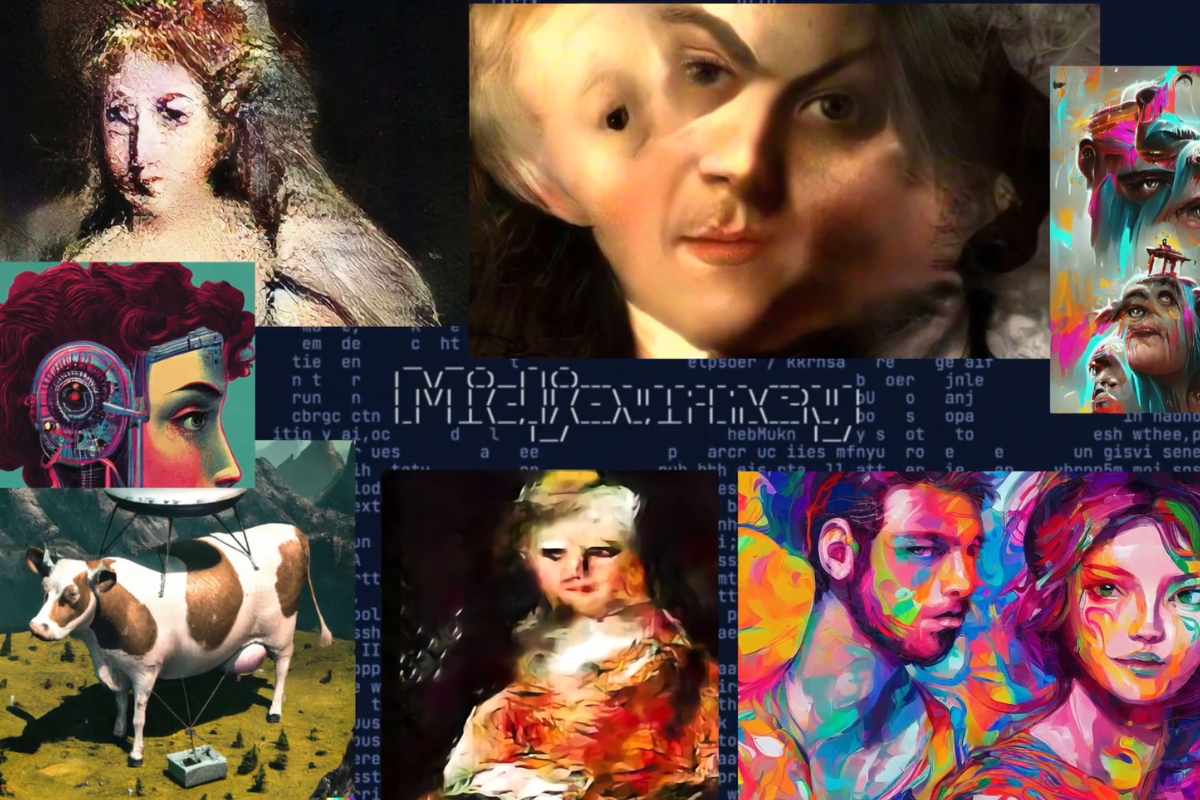Will AI Kill Art? Exploring Its Role in Creativity and Masterpieces

The rise of artificial intelligence (AI) in creative fields has sparked debates about its role in art.
Can AI replace human creativity, or does it simply complement it? And, most importantly, does AI have the right to be called an artist? Let’s delve into these questions and explore the evolving relationship between AI and art, as well as what we define as a “masterpiece.”
The Growing Influence of AI in Art
AI as a Creative Tool
Artificial intelligence has made remarkable strides in recent years, producing works that mimic human creativity. From generating paintings to composing music, AI systems like DALL·E, MidJourney, and ChatGPT are capable of creating pieces that are often indistinguishable from human-made art.
Discover the Masters – Explore the Best Books on Art History Today!
AI serves as a tool, offering new ways to explore artistic boundaries. For many artists, these technologies enhance creativity by automating repetitive tasks or inspiring fresh ideas.
The Ethical Dilemma
However, AI's growing presence in art has raised ethical concerns. Many question whether an AI-generated work can be considered "original" when it draws from vast datasets of existing art. Critics argue that AI lacks the emotional depth and lived experience that define true artistic expression.
Can AI Be an Artist?
Defining Artistic Intent
To determine if AI can be called an artist, it’s important to consider what makes someone an artist. Traditionally, an artist is someone who uses their experiences, emotions, and vision to create something that resonates with others.
AI, on the other hand, operates on algorithms and data. It doesn’t feel or interpret the world—it simply follows instructions.
While AI can create visually stunning or emotionally evocative works, it does so without intent or meaning. It lacks the ability to tell a story or convey personal experiences, which many consider essential to being an artist.
The Role of Human Input
AI-generated art often involves significant human input. Artists set the parameters, choose the style, and refine the outputs. In this sense, AI acts more as a collaborative partner than a standalone creator. The human element remains crucial in guiding and shaping the final piece.
What Defines a Masterpiece?
The Subjectivity of Art
The concept of a "masterpiece" is inherently subjective. A work’s value often depends on its ability to evoke emotion, provoke thought, or challenge conventions. A masterpiece reflects the skill, vision, and emotion of its creator.
When AI creates a piece that resonates deeply with audiences, some argue it deserves recognition as a masterpiece. However, others maintain that a true masterpiece must stem from human ingenuity and experience.
The Blurring of Boundaries
AI has undeniably blurred the boundaries of traditional art. It challenges conventional definitions of creativity and forces us to reconsider what constitutes art. If a piece created by AI moves people, does it matter who—or what—made it?
The Future of Art with AI
Collaboration, Not Competition
Rather than killing art, AI is likely to reshape it. Many artists are already embracing AI as a tool to push creative boundaries. The relationship between AI and art doesn’t have to be adversarial. Instead, it can be a collaboration where humans and machines create together.
Redefining Creativity
As AI continues to evolve, it’s redefining our understanding of creativity. While AI may never fully replace the emotional and experiential aspects of human art, it opens up new possibilities for experimentation and innovation.
Artists can use AI to explore ideas that would have been impossible or time-consuming to achieve on their own.
Final Thoughts
Will AI kill art? Unlikely. Art is an inherently human endeavor, driven by emotion, experience, and the desire to connect with others.
AI, while powerful, lacks the depth and intent that define true artistry. However, its impact on the creative field is undeniable, offering both challenges and opportunities.
As we navigate this new landscape, the key lies in embracing AI as a tool rather than a threat. By working together, humans and machines can create art that is not only innovative but also deeply meaningful.
Ultimately, the question isn’t whether AI deserves to be called an artist—it’s how we choose to define art in an ever-evolving world.
We thank Curious Muse for the images.
Enjoy The Video Tutorial

Source: Curious Muse
Did you find this post useful or inspiring? Save THIS PIN to your Art Board on Pinterest!

Last update on 2025-11-18 / Affiliate links / Images from Amazon Product Advertising API




Discover More Artistic Inspiration